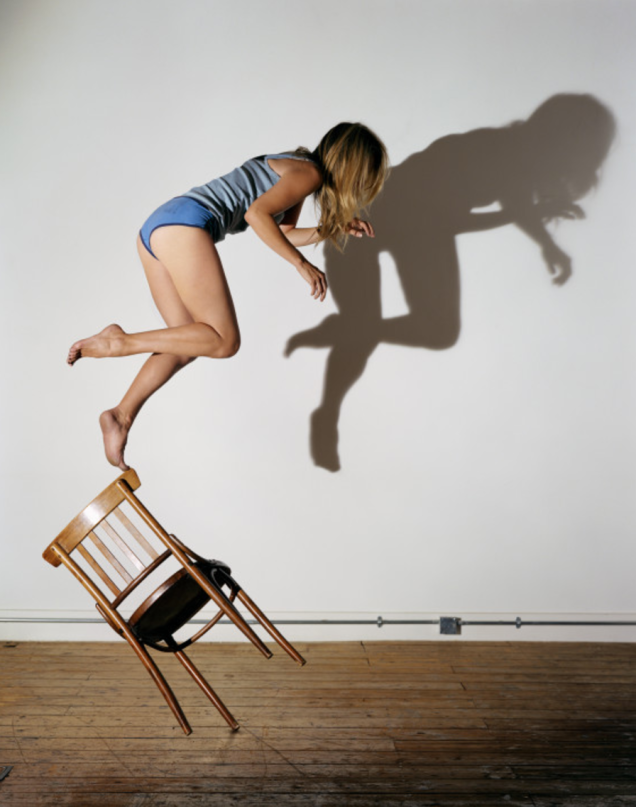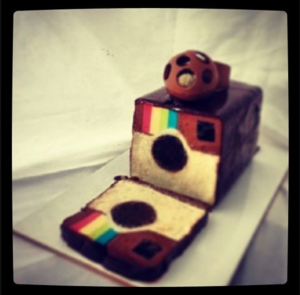Informing Contexts
Week 3 Reflections, MA Falmouth University
This week we draw out from the depth of image content analysis to a degree. We categorise instead the overall approach to practice; the sought out as opposed to the made. The Canadian photographer Jeff Wall, who has exhibited his work globally is credited with summarising these two poles as hunting or farming. The hunting opportunists tours, seeks, preys, to catch the moment whereas the farmer crafter cultivates, directs, positions, nurtures and poses.
The more we consider image making the importance of the viewer grows as reader, critique and translator of the seen image. To view Wall’s work demands questions of us as viewers, as he works out in the real world but also ‘on set’. Yet for a period his work that may have appeared to fall comfortably into the ‘hunter’ category actually was as farmed as his carefully poised imagery.
By way of example, Wall’s The Approach (2014) appears as an underpass urban scene with its gritty grey backdrop to a homeless person living in a series of cardboard boxes, looked upon by a woman clad in a shawl. So, are we seeing a hunted image? As we pause to analyse the view we apply the coded skill set to see that there are indexical devices. The title implies an approach, not a passing, but is it a helping hand, a dollar or just a moment of observation? The woman herself is enigmatic; she may be homeless too, though she seems to have decent shoes, though little else belies wealth, so on balance we assume she is part of the disenfranchised. There is a water bowl but no dog; we assume there is a dog out of frame. There is a foot and what appears to be a peep hole in the box to the other end of the row of cardboard, but no eye to see. A trolley sitting on the diagonal that drags the eye through the scene implies abandonment, but from what? Food, possessions?

Wall interviewed by Sean O’Hagan in 2015 cites his approach as ‘cinematographic’ evoking the film director’s style. This implies an idealised reconstruction of a moment caught in memory which is remade then shot. This moves him from witness to scene maker. https://www.theguardian.com/artanddesign/2015/nov/03/jeff-wall-photography-marian-goodman-gallery-show
The celebrated Invisible Man (2000) was overly based on Wall’s reading of the prologue to the book of the same name by Ralph Ellison (1952). Yet according to MoMa citation, Wall also drew from other parts of Invisible Man and his own imagination. https://www.moma.org/learn/moma_learning/jeff-wall-after-invisible-man-by-ralph-ellison-the-prologue-1999-2000-printed-2001
Wall was formerly a painter and one can surmise that the creation of a painting as an elaborate construct that absorbs time, led to his meticulously controlled and time consuming constructed scenes, so often inspired by old masters on twentieth century set pieces. It is thought that Wall influenced artists that followed him, across medium into music and beyond. The compendium of visual and cultural references we hold uniquely in our brains is termed intertextuality. Our conscious and subconscious reference, blend, download and offer not only our creative force but our ability to read imagery and settle it into our own limitless niches. Julia Kristeva would describe this meaning is filtered by, or led by, our tacit recognition of codes imparted by other texts. If there is any doubt about the textual embracing the image, we can reference a 1960’s term intermedia. Used by artist Dick Higgins and others to describe various inter-disciplinary artistic activities that occurred between genres. A column in the LA Free Press started in 1967 was globally linked to multi-media action, this melding technology and movements, encouraging and documenting an interweave of precedents, output and promoting a point for future synthesis and development of ideas.
The imagery created by Sam Taylor-Johnson (formerly Wood) is a more recent example of the constructed, finally tuned approach that also makes references to preceding media, in this case the writings of Bram Stoker (1847-1912) and subsequent films of Dracula (a genre all of their own). In this image entitled Bram Stoker’s chair, we begin to be provided with a clue to the images deceit. An initial view implies a balletic balance and movement as the Taylor-Johnson hallmark, like Wall, a highly controlled scene, but on more contemplation we see that the chair has not shadow, as indeed neither did the vampire, but the human shadow is singularly powerful. Interrogating commentaries reveals that Taylor-Johnson was suspended by wires for a long period before achieving the suspended self portrait that perfected the angles.

Both Wall and Taylor-Johnson’s imagery can create in the viewer the mixed combination of the uneasy, inquisitive and uncanny. The visual/textual precedents that inform our viewing of these images may incur a feeling of veiled familiarity or indeed deja vu. The image world pervades our everyday, so we draw on the the veiled and unveiled compendium of memory and impression; it is simply unfeasible to avoid. Deja vu was a theme at an exhibition at the Whitworth Art gallery in 2009 focused on the viewer’s experience.
https://www.theguardian.com/artanddesign/2009/feb/15/art-exhibition
as a more extreme and clearly disorientating symptom of the Surrealists.
But, returning to more settled territory, there is a more overt visual literacy known as meta pictures, the self referencing pictures about pictures. Often not subtle and indeed may be executed with some visual humour, here are three examples.
A ‘Mondrian and Rothko meal’ served up by Hannah Rothstein, then presented as images. http://time.com/3595500/thankgiving-meal-famous-artists/
secondly the Instagram cake, photographed and posted on Instagram as a ‘double meta’ image. Number 19 on this link http://guff.com/some-of-the-most-meta-pictures-on-the-internet

Finally, Wall likens his work to poetry, in that like a poem, ‘which is made up from the lines that resemble sentences, but exceeds the normal way we read sentences, the poetic quality of an image transgresses the indexical truthfulness of a representation’.http://www.tate.org.uk/whats-on/tate-modern/exhibition/jeff-wall/room-guide/jeff-wall-room-5
This second quote is the most insightful way of expressing his image making in terms of its referencing, how we should view it and its reassembly of the normal.
“The experience of a photograph is associative and simultaneous, and in this respect it resembles our experience of poetry. In poetic writing, meaning is not achieved by means of a consistent structure of controlled movements along lines made up of sentences. Rather the poem is made of lines that may resemble sentences typographically but which abrogate the requirement to be read the way sentences are read. So there is a break with any necessary relation to the chronicle.” http://www.rhizomes.net/issue23/debolle/index.html
Reading these drew me to a ‘meta-poem’ by Thomas; a poem on poems that evoke what photography can be too.
‘Poetry is what in a poem makes you laugh, cry, prickle, be silent, makes your toe nails twinkle, makes you want to do this or that or nothing, makes you know that you are alone in the unknown world, that your bliss and suffering is forever shared and forever all your own.’
Dylan Thomas

